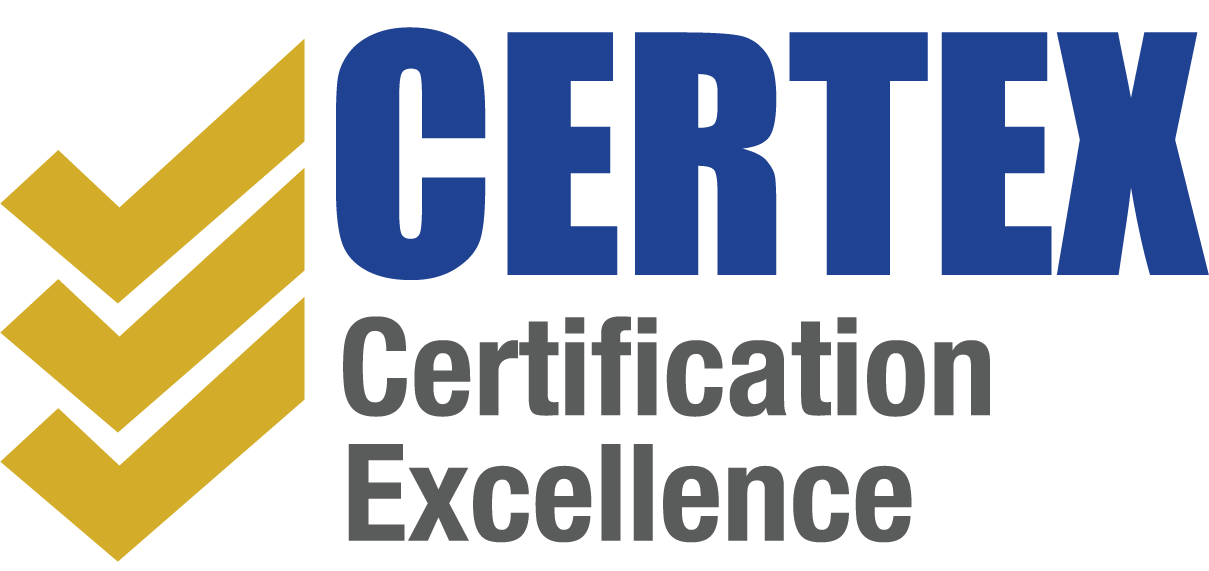Can Psychosocial Improvements Reduce Sickness Absence? And if so, by how much?
We all know that a positive psychosocial working environment corresponds to less sickness absence. But exactly how much can psychosocial improvements really reduce absenteeism rates?
A 2022 simulation study published in the European Journal of Public Health aimed to answer just that.
It examined how hypothetical improvements in various psychosocial work factors could lower short-, intermediate-, and long-term sickness absence rates, and then quantified this potential reduction.
Method
Research type: longitudinal study
Data source: 24,990 public hospital employees from the 2014 Well-being in Hospital Employees study
Researchers simulated hypothetical scenarios with improvements in 17 psychosocial factors and estimated resulting changes in sickness absence rate ratios with 95% confidence intervals.
The 17 psychosocial factors:
Bullying
Collaboration
Inclusiveness
Influence on work
Influence on schedule
Justice
Leadership quality
Predictability
Role clarity
Sexual harassment
Skill discretion
Trust
Threats
Violence
Work demands
Job satisfaction
Perceived stress
Results
When all 17 psychosocial work factors were set to their most desirable levels, this was associated with a 54% lower rate of sickness absence, relative to the least desirable levels. Moreover, the study found that reducing bullying, reducing perceived stress, and increasing skill discretion had the largest potential for reducing the total rate of sickness absence. Overall, the associations were similar across short-, intermediate, and long-term periods.
Therefore, improving the psychosocial work environment may have a significantly large impact on lowering sickness absence rates.
Read the full study below:
Addressing psychosocial hazards to mitigate mental health illness
Mental illness costs Australian businesses more than $39 billion every year due to loss of productivity, absenteeism, and staff turnover (Black Dog Institute, 2021).
Focusing on mental health is critical for workers and bottom lines.
But it is not just a good thing. It is a work health and safety obligation according to Safe Work Australia which recently released a Code of Practice on ‘Managing Psychosocial Hazards at Work’.
Check out our article on psychosocial hazards below:
“One of the biggest flaws in contemporary approaches to workplace mental health is the often-exclusive focus on ‘who’ is exhibiting signs of distress, rather than ‘why’ and ‘how’ the workplace may be contributing to people’s distress.”
Next steps for your business
First, you need to understand and assess what the psychosocial levers, triggers, and risks are in your business.
Then ask, “Do I have a system in place to address these hazards?”
If not, businesses should implement risk management plans. However, it can be overwhelming, unfamiliar territory. So where do you start?
That’s where Certex can help!
Through our iSuite and Risk Assessment Program, Certex’s experienced team of auditors can help identify and recognise potential systematic hazards in your workplace, so you can then do something about them.
i-Mind is not about bringing in a whole new way of operating. There is no one-size-fits-all solution when it comes to psychosocial safety. Rather, we pay close attention to the purpose and structure of your organisation to recognise key areas of risk that need to be addressed. Our systematic, context-specific approach is much more likely to integrate seamlessly with your business and be well-received by all members.
Feel free to reach out for more information on managing psychosocial hazards.



